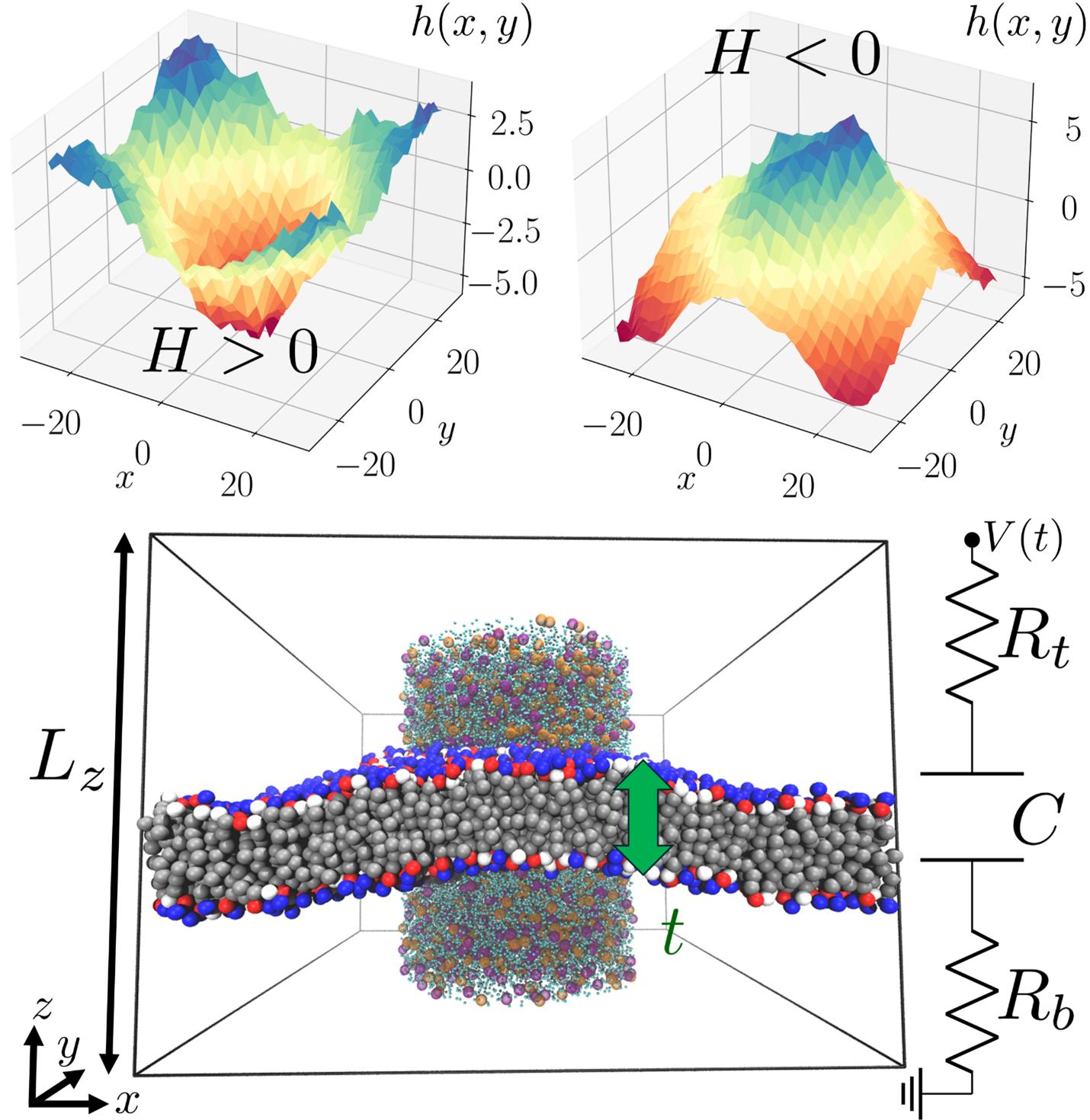
Scientific Achievement
This study demonstrates that lipid membranes exhibit non-linear memory effects, where their capacitance changes in response to accumulated charge, linked to membrane shape and curvature alterations. The membranes show a hysteretic buckling response to oscillatory electric fields, suggesting bistable states that could be used for memory storage. A circuit model is introduced to capture these dynamic effects, offering insights into potential applications for energy storage and neuromorphic computing.
Significance and Impact
This research challenges the traditional view of lipid membranes as passive structures, revealing their potential as dynamic, adaptable elements capable of memory-like behavior. By demonstrating hysteretic responses and capacitance variations, the study opens up new avenues for developing bio-inspired systems for energy storage, information processing, and memory encoding. The findings could significantly advance neuromorphic computing and biosensor technologies, with broad implications for both theoretical and applied research in biophysics and bioelectronics.
Research Details
- Coarse-grained molecular dynamics simulations reveal that lipid membranes exhibit hysteretic buckling and capacitance changes in response to oscillatory electric fields, with charge accumulation influencing membrane curvature.
- A circuit model is developed to capture the electro-mechanical response, highlighting the charge-dependent capacitance and the resistive nature of the aqueous solution surrounding the membrane.
- The study explores the impact of membrane shape, ionic solution properties, and flexoelectric effects, demonstrating the potential for electrically stimulated lipid membranes in neuromorphic computing and memory applications.
Related Publication: M. Lavrentovich, J. M. Carrillo, C. P. Collier, J. Katsaras, and D. Bolmatov, Curvature Memory in Electrically Stimulated Lipid Membranes, Langmuir doi.org/10.1021/acs.langmuir.4c03799 2025, https://pubs.acs.org/doi/full/10.1021/acs.langmuir.4c03799
